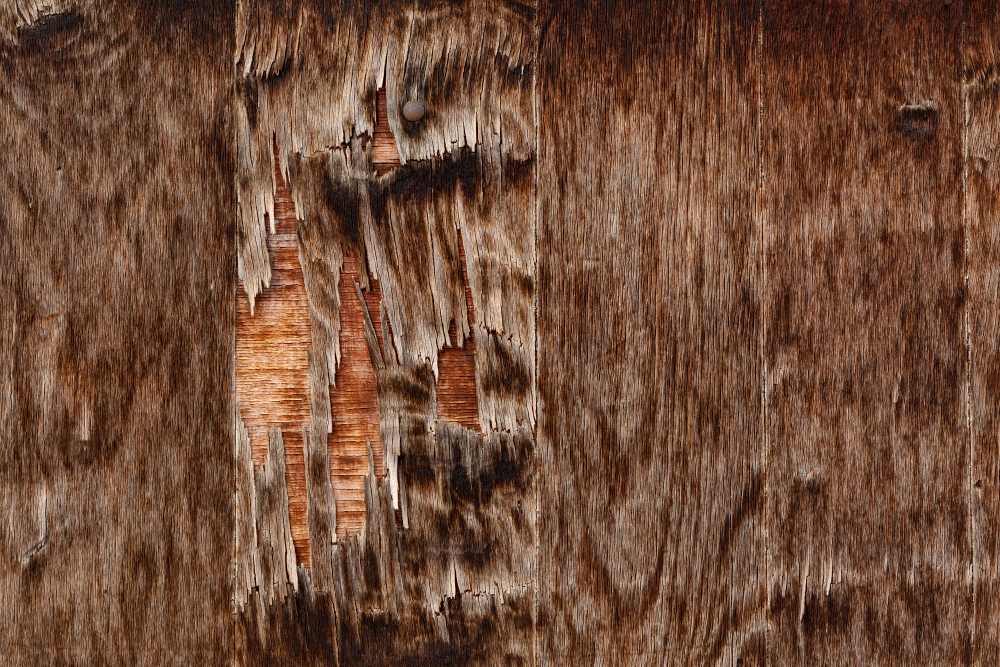Reasons for Fence Board Warping and How to Prevent It

Fence board warping is a common problem that can jeopardize the structural integrity and aesthetic appeal of your fence. Whether you have a wooden or composite fence, understanding why boards warp and how to prevent it can save you time, money, and frustration. In this blog post, we'll explore the key reasons for fence board warping and provide practical tips to keep your fence in excellent condition. If you need help with fence repair in Jacksonville, FL, contact Masters Quality Fence today for a free quote.
What Causes Fence Board Warping?
Fence boards warp due to various factors, including moisture, temperature fluctuations, and poor wood quality. Here's a closer look at each:
1. Moisture
Wood Absorption and Release
Wood naturally absorbs and releases moisture from the environment. When the moisture content in the wood changes, it can cause the boards to expand or contract. This uneven movement is one of the primary reasons for warping. High humidity levels, especially in places like Jacksonville, FL, can exacerbate this issue.
Exposure to Rain and Irrigation
Frequent exposure to rain or sprinkler systems can also lead to excessive moisture absorption, causing the wood to swell. Once the moisture evaporates, the wood contracts, leading to warping.
2. Temperature Fluctuations
Heat and Sunlight
Prolonged exposure to direct sunlight and heat can dry out the wood, causing it to shrink and warp. This is particularly true for fences facing south or west, where they receive the most sunlight throughout the day.
Seasonal Changes
Rapid temperature changes between day and night or across seasons can stress the wood, leading to warping. This constant expansion and contraction cycle can weaken the wood over time.
3. Poor Wood Quality
Type of Wood
Not all woods are created equal. Some wood species are more prone to warping than others. For instance, softer woods like pine tend to warp more easily compared to harder woods like cedar or redwood.
Improper Drying and Treatment
Wood that hasn't been properly dried or treated before installation is more susceptible to warping. Kiln-dried wood is generally more stable and less likely to warp than air-dried wood.
4. Incorrect Installation
Improper Fastening
Using the wrong type of nails or screws, or not securing the boards tightly enough, can lead to warping. The boards need to be fastened firmly to prevent movement.
Inadequate Spacing
Failing to leave adequate space between boards during installation can restrict natural expansion and contraction, causing the boards to warp.
How to Prevent Fence Board Warping
Preventing fence board warping involves proper wood selection, treatment, installation, and maintenance. Here are some effective strategies:
1. Choose the Right Wood
Opt for Hardwoods
Choosing hardwoods like cedar, cypress, or redwood can significantly reduce the risk of warping. These woods have natural oils and resins that make them more resistant to moisture and temperature changes.
Consider Pressure-Treated Wood
Pressure-treated wood undergoes a process that infuses preservatives into the wood, making it more resistant to moisture, insects, and decay.
2. Proper Wood Treatment
Seal and Stain
Applying a high-quality sealant or stain to the wood can protect it from moisture absorption and UV damage. Make sure to reapply the sealant or stain every few years or as needed.
Kiln-Dried Wood
Opt for kiln-dried wood, which has been dried in a controlled environment to achieve a stable moisture content. This reduces the likelihood of warping.
3. Correct Installation Practices
Use Quality Fasteners
Use corrosion-resistant nails or screws, such as stainless steel or galvanized options, to secure the boards firmly. Avoid using cheap or substandard fasteners that can loosen over time.
Allow for Spacing
Leave a small gap between fence boards to allow for natural expansion and contraction. This spacing helps prevent the boards from pressing against each other and warping.
Install Horizontally
Whenever possible, install fence boards horizontally instead of vertically. Horizontal boards are less likely to warp because they distribute weight more evenly.
4. Regular Maintenance
Inspect and Repair
Regularly inspect your fence for signs of warping, cracking, or other damage. Address any issues promptly to prevent them from worsening.
Clean and Refinish
Clean your fence periodically to remove dirt, mold, and mildew. Reapply stain or sealant as needed to maintain the wood's protective barrier.
Adjust Sprinklers
If you have an irrigation system, adjust the sprinklers to avoid spraying directly on the fence. Redirecting the water flow can help minimize moisture absorption.
Conclusion
Fence board warping can be a frustrating issue, but with the right knowledge and preventative measures, you can keep your fence looking great for years to come. By choosing the right wood, treating it properly, following best installation practices, and performing regular maintenance, you can significantly reduce the risk of warping.
If you're dealing with warped fence boards or need professional assistance, don't hesitate to contact Masters Quality Fence. We specialize in fence repair in Jacksonville, FL, and offer expert solutions to keep your fence in top condition. Get your free quote today and experience the difference that quality craftsmanship and superior service can make.
By following these guidelines and implementing preventive measures, you can ensure that your fence remains sturdy, attractive, and free from warping. Remember, a well-maintained fence not only enhances your property's curb appeal but also provides privacy, security, and peace of mind.
For all your fencing needs, Masters Quality Fence is your go-to partner in Jacksonville, FL. Contact us today and let's build a fence that stands the test of time!